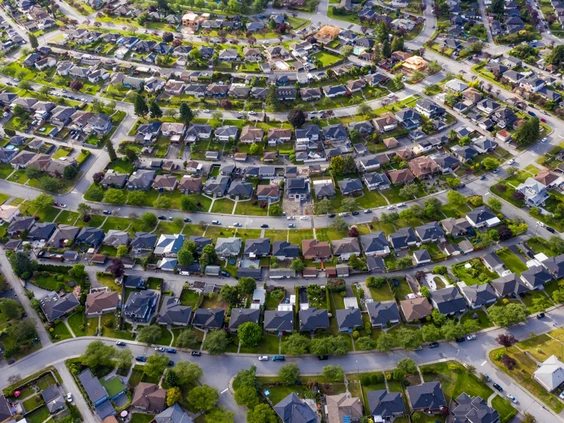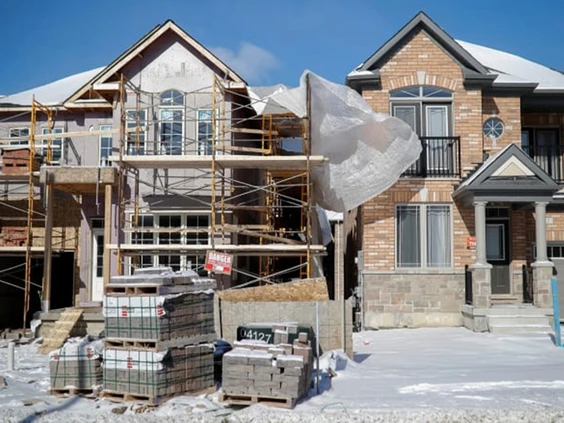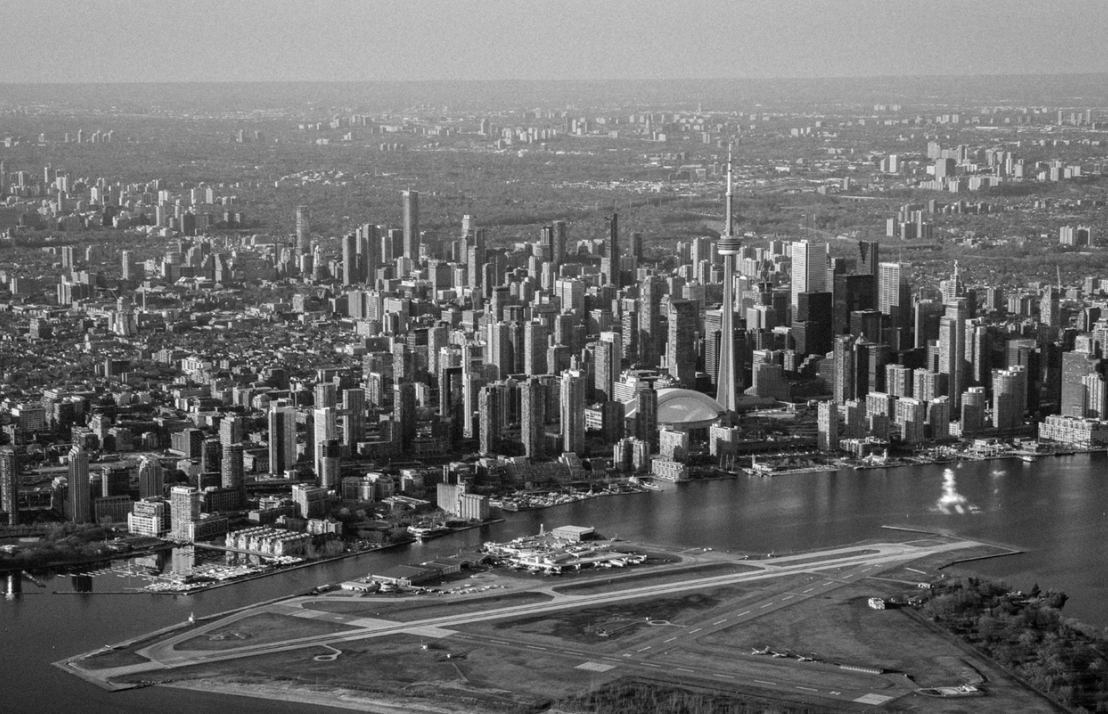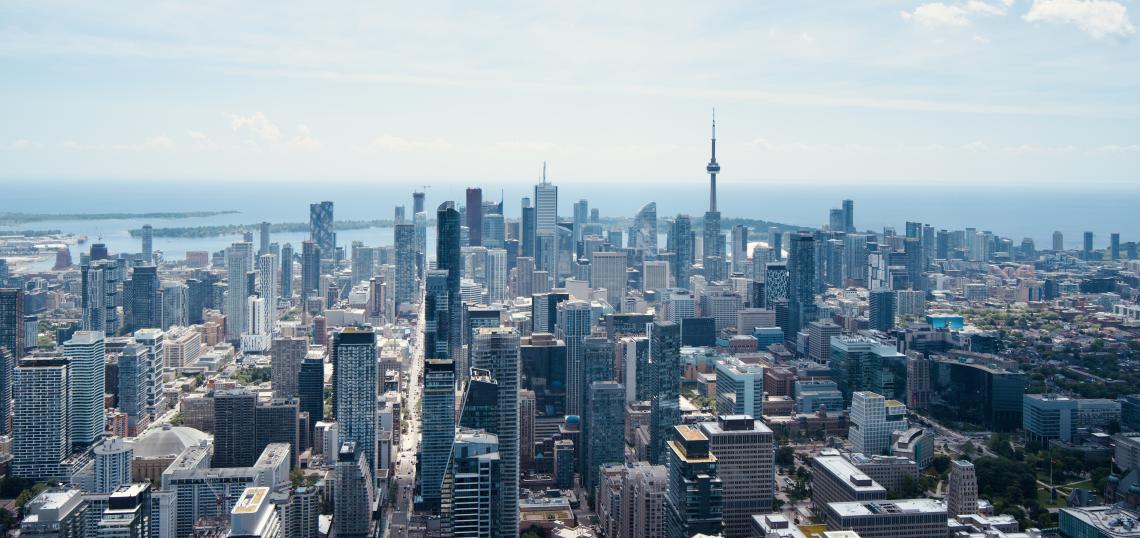Randy Gladman’s interview with David Bronskill, Partner in the Municipal and Land Development Group at Goodmans LLP, to discuss Bill 17, major provincial legislation that seeks to get housing development in Ontario going again.

Video podcast interview of Randy Gladman by Adam Powadiuk and Aaron Cameron of The Commercial Real Estate Podcast. During this episode, Adam and Aaron spoke to Randy about his career in real estate development and the challenges of getting projects done in Toronto and Vancouver.

Only in Toronto, it seems, does it make sense to rip down fully-occupied high-rise buildings to make way for more high-rise towers when most of the city remains covered in low rise housing. Why is this happening? Even though we are in a severe housing crisis, with homeownership only affordable to the most affluent families and average rents for one- and two-bedroom apartments skyrocketing more than 20% in 2022 alone, developers are only able to build much needed multifamily housing in relatively narrow slices of the City.

This fall, municipal elections will be held in the two provinces hardest hit by the housing crisis. Residents will go to the polls to select their mayor and councillors in British Columbia on Oct. 15 and in Ontario on Oct. 24. This year more than ever, one of the key election issues will be housing affordability. If we want to see anything done by our elected representatives, our best hope right now is at the municipal level.

Housing affordability is probably the most critical issue Ontarians face today. Ontario housing prices have increased dramatically in recent years, vastly outpacing income growth and creating near-insurmountable barriers to home ownership for many. The province needs to add over 650,000 units just to reach the same housing-per-capita average as the rest of the country.

The City of Toronto approved an inclusionary zoning (IZ) by-law that will go into effect in September of this year. IZ mandates that a percentage of residential space in new housing projects include affordable homes for low- and middle-income households. IZ can be a valuable zoning tool but there are problems with how it is being implemented in Toronto. Although it may well result in some new affordable housing units being developed, it will come with a cost for the city as a whole.

Cities have been mixed use since ancient times, with shops, apartments, offices, and public facilities all near each other. It was only after the Industrial Revolution that governments started separating residential neighborhoods from manufacturing and commercial zones, leading ultimately to zoning policies that would distinguish between where people lived and where they worked. This article looks at giant mixed-use projects underway in Toronto in 2020.

As a land developer at a real estate advisory service representing landlords of large-scale commercial and residential properties, I am becoming more and more concerned that accelerating technological changes in mobility are not being carefully considered and implemented into “future-proofed” site and building design. The implications of what some have called “New Mobility” – autonomous vehicles, taxi-bots, vehicle sharing, new energy distribution infrastructure — are massive and only vaguely understood or anticipated.

In June 2016, PARTISANS published “Rise and Sprawl: The Condominiumization of Toronto” with architecture historian and critic Hans Ibelings. Randy Gladman sat down with Alex Josephson of PARTISANS to probe some of the criticisms offered in Rise and Sprawl and explore why PARTISANS felt the need to publish a work sure to infuriate precisely the developers they desire as clients and the city planners they need for project approvals.
